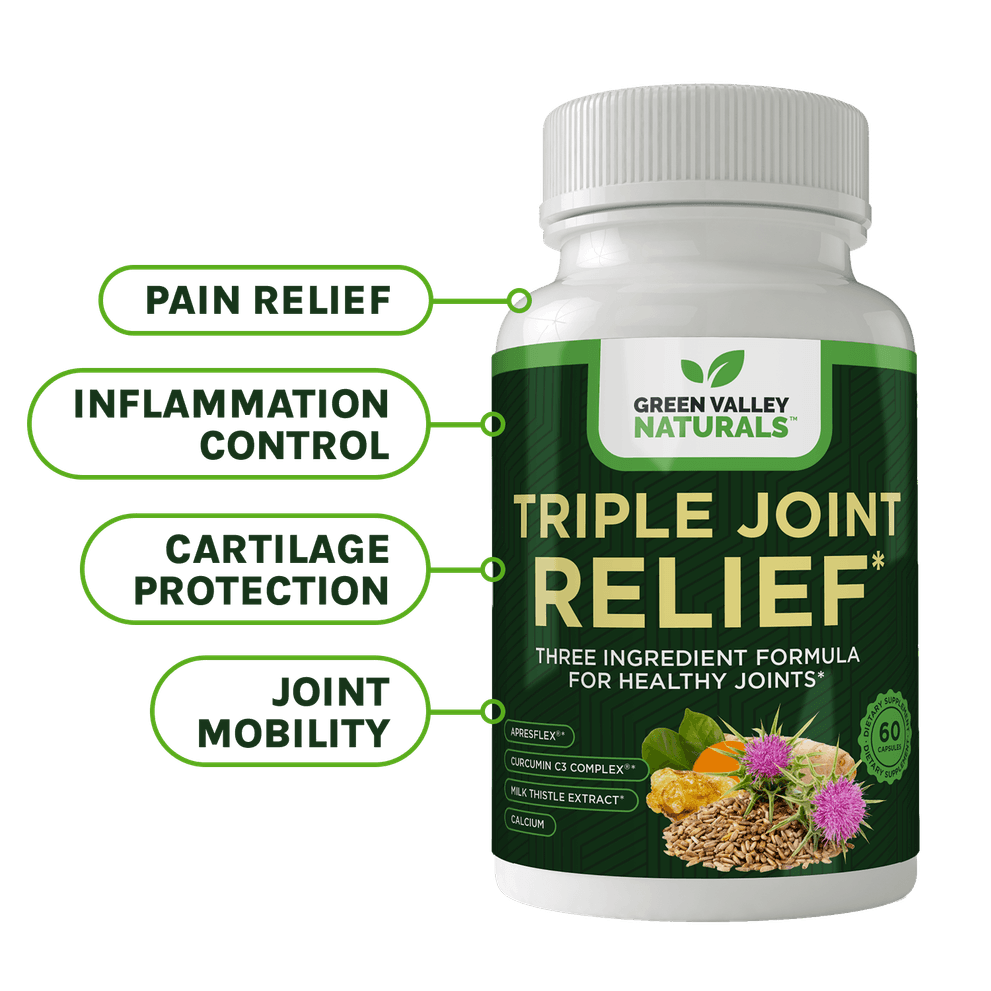
High Blood Pressure Starts at 130 Over 80
Before November 13, normal blood pressure was 119 (systolic) over 79 (diastolic) or less. This hasn't changed. However, the prehypertension range of 120-139/80-89 has been replaced with a new category called Elevated Blood Pressure, in which elevated blood ranges of 120-129/79 or less. So, you fit into this category if your blood pressure is 120 over 80. Diet and lifestyle changes are recommended for those with Elevated Blood Pressure, with the doctor to take another look in three to six months. The biggest change is in the definition of high blood pressure, which falls from 140/90 or higher under the old guidelines to 130/80 under the new ones. This is for all adults, including those 60 and over. Five years ago, people over 60 were given an upper healthy target of 150. The medical authorities believe Americans aren't taking blood pressure seriously and hope these new guidelines will jolt them into action. They want to send a message that blood pressure matters and can have a significant impact in preventing the nation's leading cause of death. The pretext for this drastic move is also based on new evidence that suggests lowering blood pressure can be impressive in terms of lowering risk. The authorities seem to believe that out of the tens of millions of people who will now be reclassified as hypertensive, only one in five will require medication. Cynics suspect the whole purpose is to get more people on pharmaceutical drugs. Whatever your opinion, these new guidelines will likely put far more than twenty percent of the new “patients” on blood pressure drugs. If you keep reading, you’ll find out why. Kenneth Jamerson, M.D., one of the authors of the report, said, “Yes, we will label more people hypertensive and give more medication, but we will save lives and money by preventing more strokes, cardiovascular events, and kidney failure.”Critical Voices Raised
William White, a professor in the Cardiology Center at the University of Connecticut School of Medicine, thinks the public is "going to be a little bit shocked or taken aback by a diagnosis of Stage 1 hypertension with a blood pressure of 130/80, which historically has been considered a normal, well-controlled blood pressure." You can count me as one of those who are “a little bit shocked.” I’m inclined to think it’s nonsense. H. Gilbert Welch, M.D., Professor of Medicine and Community & Family Medicine at Dartmouth Medical School, is also concerned. He believes one study in particular was influential in producing the new targets. It involved over 9000 participants at increased risk of heart disease. The researchers found that targeting an upper figure of 120 compared to 140 produced a 25% risk reduction for heart attack, heart failure, stroke and cardiovascular death. However, as Professor Welch points out, 8% had one of these cardiovascular events in the 140 target group compared to 6% among those targeted at 120. While this is a 25% reduction in adverse events, it benefits only 2% of the total number of people in the group. And remember, all the participants in this study were considered at higher risk of heart disease. The benefits for the average person would be much smaller. To keep it simple, a hundred people – already known to be heart risks -- were put on medications that ended up helping two of them prevent a heart attack. And let me add that the side effects of hypertension drugs make them among the most unpopular ones in the pharmacy.Invalid Blood Pressure Readings
Prof. Welch also pointed out that blood pressure taken in a meticulously conducted clinical trial is different from a busy doctor's office. He thinks the new guidelines could lead to over-medication and the side effects that come from the drugs, such as lightheadedness in older adults and the potential for falls and fractures. Professor White agrees that the doctor's office is an unreliable place to have your blood pressure monitored. He has seen readings taken there drop dramatically when patients are monitored over 24 hours. It could lead to gross over-treatment. This phenomenon is well-known and has a name: “white coat blood pressure.” These doctors' concerns were confirmed by researchers from Texas State University who wrote in 2015: "...a recent review reported that 30%–40% of patients diagnosed with hypertension based on their office blood pressure measurement alone have normal out-of-office blood pressure..." The lesson – and it’s an important one – is don’t be quick to believe it if your doctor diagnoses you with high blood pressure. Insist on another reading (meanwhile calming yourself down if you can.) If the BP doesn’t come down, I’d make another appointment a couple of weeks later to have the measure retaken.And meanwhile, I’d start taking a daily walk and maybe a meditation class.
Another option is to insist on an ambulatory blood pressure monitor worn at home for 24 hours. The device takes readings automatically every so often. Better still, buy a reliable blood pressure monitor and take your readings when you feel relaxed, have sat down for at least five minutes, and haven't drunk any coffee or other stimulants in the previous two hours. The best way to measure and track your blood pressure reliably is to take it at home. In that way, you won't end up being pressured into taking drugs you don't need.
It's also important to monitor other biomarkers of your overall heart health. For example, researchers are now pointing to an ApoB test, a test that measures apolipoprotein in your blood. Studies show ApoB is an even more accurate measure of heart health than "bad" LDL cholesterol.

